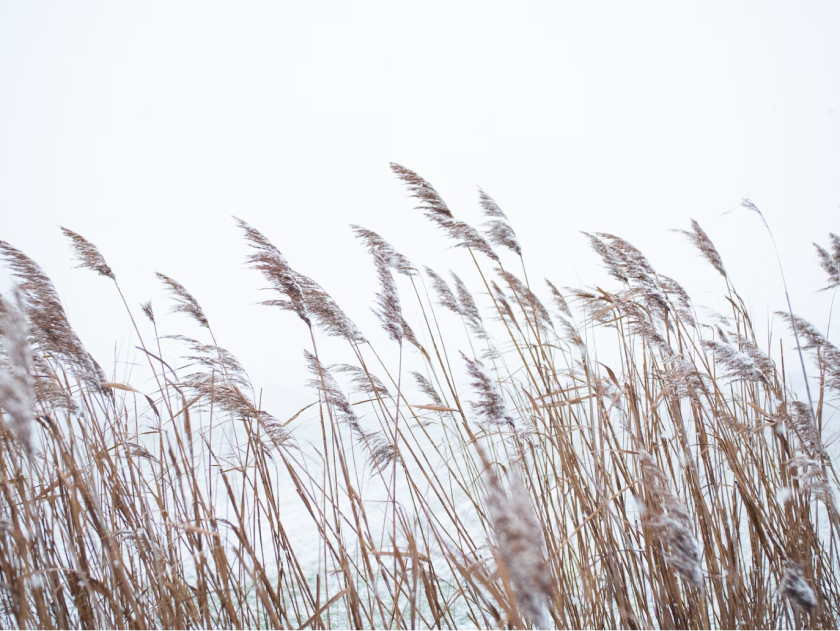Perhaps one of the most distinctive features of the houses in Sfântu Gheorghe and the Danube Delta is the reed roof. Reed harvesting was a very widespread occupation among the people of the Delta. Today, very few inhabitants of the Sfântu Gheorghe commune continue this tradition.
The Danube Delta is covered by an area of approximately 175,000 ha of reeds. This resource has been used by humans for thousands of years as fodder, for raising animals, in construction, or for interior decoration.
The villagers used the green reeds to feed their cows and sheep. This was cut with a sickle-like tool called a târpan. In the household, the reeds were also used for cooking (together with the wood, to keep the fire going) or to cover the fences or the fence. Reed is also a good thermal and sound insulator, often used in construction. At Green Village 4* Resort, almost all the houses have a thatched roof, installed in a traditional style. There are two methods of building thatched roofs: the Russian method and the German method.

The reed roof is very resistant to strong winds, the installation time is very short, the manufacturing technique is simple (it is attached to a wooden structure) and it is itself a good water insulator. The thickness of a reed roof is usually 30 cm, using 2, 2.5 m long reed reeds.
A reed roof has a lifespan of up to 20 years (in direct relation to the angle of inclination of the construction). The maintenance work consists in “beating the reeds” or “combing” it, once every few years after its installation. Reed-beating is cutting off the edges exposed to the weather. Through this process, approximately 2 – 2.5 cm of the length of the roof is lost. The process also has an aesthetic role, eliminating blackened and decayed ends.
Thatched roofs or thatch work as an excellent insulator, acting as a thermal barrier in all seasons (against heat in summer and cold in winter).

In 1950, reeds began to be harvested on an industrial scale throughout the Delta. Then a specialized enterprise was established. The reeds of the Danube Delta can be harvested from 2 types of land: land in a flood-free regime and land in a directed hydrological regime.
- Reed harvesting from flood-free lands is conditioned by the existence of access channels and the construction of reed storage platforms. The reeds are harvested between the months of November and March, manually or industrially, with the help of machines arranged on rails, and placed in dry or very little flooded areas.
- Harvesting reeds from lands in a hydrological regime requires a series of wider works: damming the areas from which the reeds will be harvested, setting up the area to facilitate boat transport, partial drying, and the placement of storage platforms.
Industrially, reed was also used to process cellulose and, implicitly, writing paper.
Unharvested reeds end up in the water and rot, facilitating the growth of algae and the dramatic decrease of oxygen in the water. That is why the locals use to burn the remaining reed areas.
The richest reed areas in the Danube Delta are: Sulina Canal (Partizani – Crișan), Sf. Gheorghe Canal (Mahmudia – Dunăvăț).
We invite you to the Danube Delta to tell you about the local traditions, and especially to test the advantages offered by a reed roof, the roof that covers the villas and bungalows throughout the resort.













